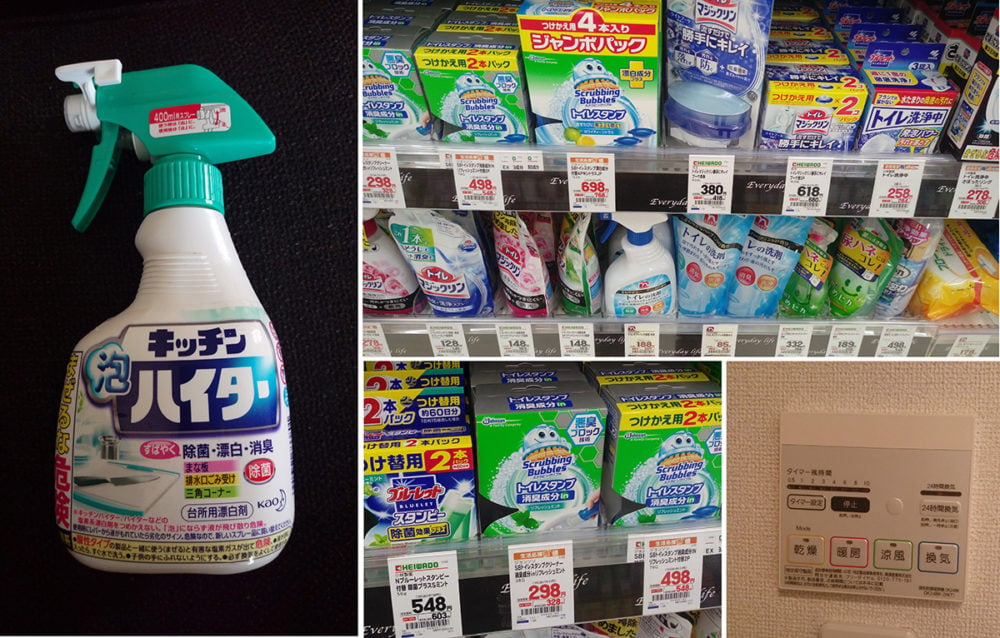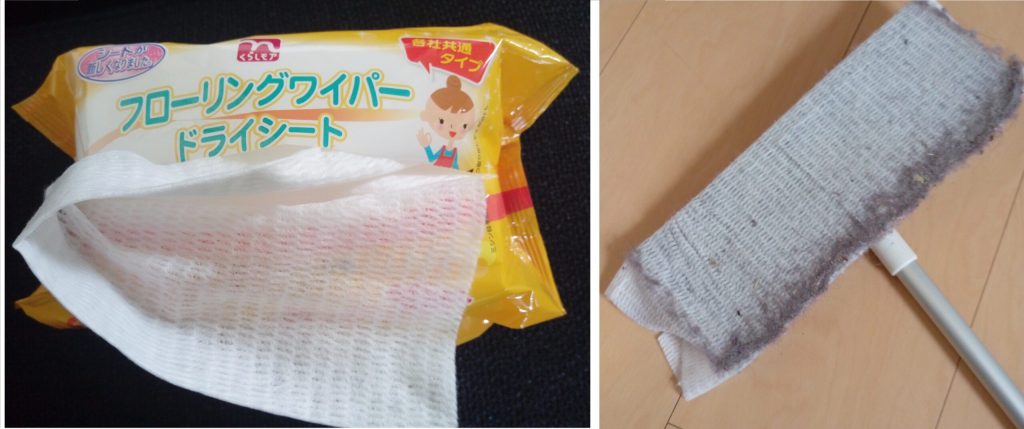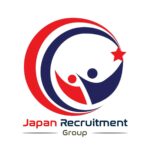
The little things that make Japanese apartment life easier.
Something unique about Japanese apartment life is the little things. I’m talking about the tiny objects that make living in a tiny space a tiny bit easier. This won’t be an exhaustive list, because let’s face it; there are millions of these items, but there are a few notable products that are uniquely easy to get in Japan, and are a must if you’re looking at renting an apartment. These range from cleaning products to drying racks; they are little things that I wish I’d known were household staples when I first moved to Japan.
The Kitchen

You might not be surprised to hear that Japanese kitchens can be rather small. Because of this, dishwashers are rare, and stove-tops are usually limited to a two-plate gas burner with a small “fish grill”. If you’re from the states, you might be surprised to learn that garbage disposal systems are also non-existent. Instead, Japanese kitchens have a basket in the sink, with a grease trap underneath. Food scraps washed down the sink will end up here, and the basket requires constant cleaning. The Japanese seem to have identified this as a problem too, as there are heaps of products available to make this job a little less disgusting. First of all, invest in a sink deodoriser (above, top left). This will neutralise any smells coming from the sink and slow the buildup of bacteria. You should still clean it out every day, but this will make it more bearable. For those who just can’t stomach plunging their hand into soggy food scraps, there are single use nets (above, top right) that can be put in the sink basket and simply thrown out each time.
You’ll find yourself needing multiple bins in Japan if you want to be a responsible citizen and sort your trash. Japan is a humid country, so bins quickly start to smell, especially during summer months. To combat the worst of this, you’ll want to use a bin deodoriser (above, bottom left). These stick to the lid of your bin, and also serve to ward off insects. An all-purpose spray deodoriser is also recommended for the area around the bins.
Because you probably won’t have a dishwasher, you might want to start a habit of doing small loads of dishes regularly. Sinks are not fill-able in Japan, so filling the sink and doing a week’s worth of dishes in one go isn’t an option. A fold up rack will help to save space, and suction hooks and baskets for holding your sponges and cutlery are a staple (above, bottom right). Japanese sinks are, on average, pretty big, so with the proper tools washing dishes is mercifully easy. Everything mentioned above is available at most large supermarkets, but you’ll save a few yen by buying from a hundred yen store.
The Toilet, Shower, and Laundry

A bidet is standard in a Japanese toilet, and a little less common are water-saving tank-top sinks. If you’re blessed with one of these in your apartment, it’s a good idea to invest in a dispenser (above, top right), which will give the water a bluish tinge, and help to wash the bowl as you flush. If you don’t have a tank-top sink, there are plenty of other options, including something called “scrubbing bubbles” (above, bottom middle), which I am yet to try, but sounds intriguing. For a deeper clean, pick up a bottle of foaming bleach (above, top left). The bottle says ‘kitchen’, but this product is handy for toilets, sinks, bathtubs and shower floors, and has the added novelty of automatically foaming as it comes out.
When buying cleaning products, it helps to have a passing knowledge of katakana, the Japanese writing system for foreign “loan” words. Most product descriptions in this area are written in katakana, such as トイレ: toire: toilet, キッチン: kitchen, and シャワー: shawā: shower. If you learn to recognise a few words, you’ll be less likely to buy a completely random product that ends up sitting in the cupboard until you move out.
For laundry day, a folding drying rack is a solid investment (feature photo). This will hold a decent amount of laundry, and can be moved and packed away easily. Like dishes, I tend to do small loads of laundry often. When it’s sunny, it can be hung on the outside balcony, if you have one. During the rainy or snowy months, I hang mine on the shower rack in the bathroom. If you find you’ve left the laundry too late, as is often the case with me, most bathroom exhaust fans have a heat mode, which is nearly as effective as a drier at drying clothes (above, top right). As a rule of thumb the heat mode will be marked with a red Kanji, but different models vary, so if you’re lost, use a photo translation app like Google Translate to work out how yours works.
The Wider Space

While tatami mats may spring to mind while thinking of Japanese flooring, you’ll find that large sections of modern apartments are made up of polished wooden floorboards or something similar. This stuff attracts dust like nothing else, and managing it is a near daily task. Discovering these floor wipes was the highpoint of my life in Japan. Instead of dragging the vacuum cleaner out every night, you can attach one of these to the wiper-tool (available at most supermarkets) and magically pick up all the dust and dirt. This is incredibly satisfying to do. Above are the results of a two-minute sweep after doing it ONE DAY ago.
Living in Japan is not without its challenges. For a sum-up of the more annoying stuff you’ll likely run into, check out “The challenges of living in Japan…”. When it comes to apartment life, like all aspects of moving to another country, a brief adjustment period will ensue. Luckily for a couple of thousand yen, you’ll find your home life running smoothly. So while you’re here, take a stroll down the aisles of the local supermarket or hundred yen store, and embrace the Japanese tradition of tiny, helpful, household things.













